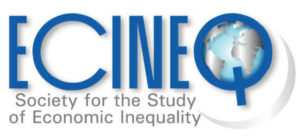Measuring food insecurity
Working Paper 2015-370
Abstract
Food insecurity is a complex development issue dealing with physical and economic constraints to safe and nutritious food to maintain healthy living. This paper proposes a new approach to measuring food insecurity. Households or individuals are deemed food insecure if their access to food sufficient to meet their nutritional needs is limited by lack of resources. This paper estimates the per capita monetary cost of a food basket that provides a balanced diet through adequate nutrients including calories, protein, fat and carbohydrates to maintain good health. The per capita monetary cost of food is calculated in terms of U.S. dollars based on the 2005 Purchasing Power Parity to compare estimates across countries. The findings reveal substantial progress in reducing global food insecurity during 2002–2011. In just one decade, the percentage of food insecure people, who are likely to suffer from hunger, notably decreased from 21.59% in 2002 to 10.98% in 2011, with more than 455 million people lifted out of food insecurity. Despite such progress, some 626 million people in the globe are still food insecure. Among the regions, Sub-Saharan Africa suffers from severe hunger. This paper estimates that with its trend growth rate, Sub-Saharan Africa will need almost three decades to eradicate food insecurity.
Authors: Nanak Kakwani, Hyun H. Son.
